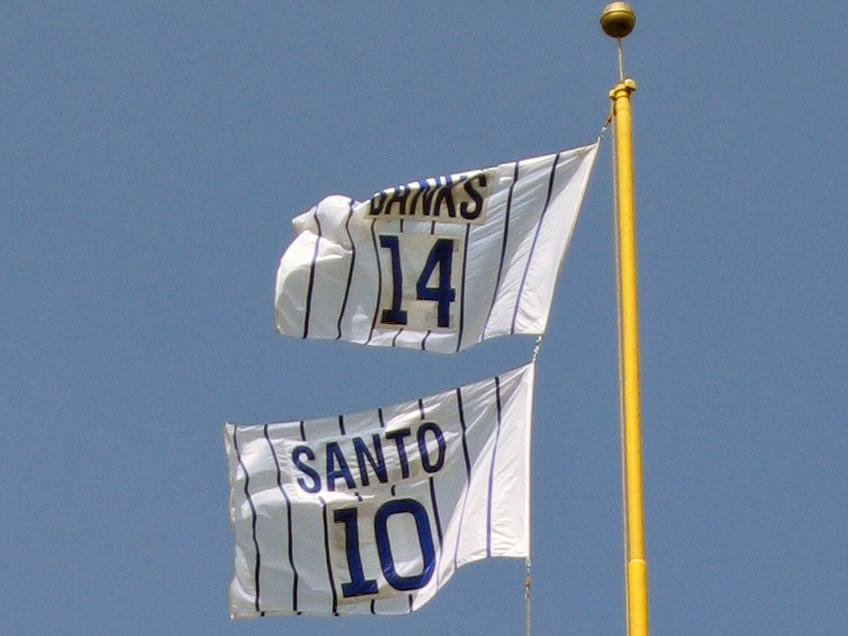@davidmoran - One of the things people don't pay enough attention to when looking at tax efficiency is what one gets, after-tax, when cashing out.
Though DSENX appears to have a similar tax cost to LCV long term figures (in the 1.5% ballpark), this is not taking into account the hidden tax liability it's carrying due to NAV appreciation. In contrast to DSENX, the LCV funds are not carrying the same untaxed appreciation. That makes DSENX less tax efficient as I'll explain below.
First a simple example - compare a savings bond with a hypothetical fund, both returning 5% pre-tax. Savings bond interest is tax-deferred until the bond is cashed out. We'll assume that our fund generates only long term
gains, but that it recognizes all of its
gains annually. So if it starts with $100, at the end of the year it's made $5 in cap
gains, on which $1 tax is paid (20% top rate, ignoring Medicare surtax), and has only $104 invested going forward.
If the investor cashes out at the end of ten years, the savings bond will have appreciated to $169.89, but after paying 39.6% taxes on the $69.89 gain, is left with only $138 (well, $137.99). The fund, which was tax-inefficient (distributing 100% of its
gains yearly) is worth $148 (okay, $148.02). Since taxes were paid on appreciation as it went along, there are no
gains recognized on the sale.
The totally inefficient fund came out way ahead, because although it kept distributing income, that was low tax rate income.
What you're seeing with DSENX isn't quite as stark, but similar. The LCV funds are distributing most of their income, but that tends to be lower-tax rate qualified divs. DSENX has a similar total return, but is distributing a smaller portion of its total return. Like the savings bond, it has a greater tax liability when cashed out than do the LCV funds which are more similar to the dividend paying hypothetical fund.
Even though DSENX is paying out a smaller percentage of its total return, the tax on that payout (tax cost) is similar to the tax on the LCV distributions. That's because the DSENX distributions come from bonds, and are thus taxed mostly at the higher ordinary income tax rate.
That's the key to the tax inefficiency of funds like this. They take what ought to be a tax-efficient investment (long term stock holdings) and mimic its total return, but in a tax-inefficient way (using bonds).
FWIW,
Fidelity reports that the long term (10 year) tax cost ratio for LCV funds is 1.12%, less than the 1.5 ballpark I suggested above.
---
Briefly, why I don't like ETNs' risk - they're effectively bonds of a single issuer. If you were investing in bonds, would you put so much money into the bonds of one company, or would you diversify? Why or why not? What if you really, really trusted that one company?
It's similar but not identical to a risk in buying insurance (you're just another creditor to the insurance company). But with insurance, regulators see to it that the company has a certain level of reserves, and there are also state guarantee funds. No such controls or backstops here.

